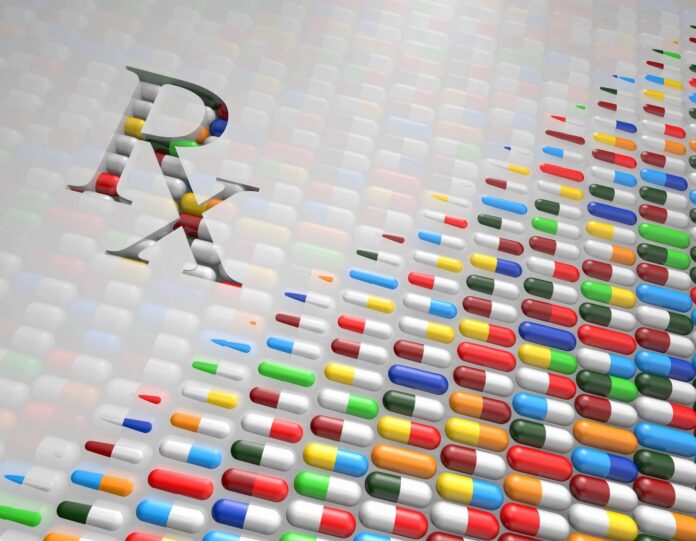The Centers for Medicare & Medicaid Services (CMS) enacted a rule allowing more flexibility for state governments to create value-based drug purchasing agreements with pharmaceutical companies.
The rule, which was published in the Federal Register on June 19 and took effect on August 18, reduces regulatory burdens on drug manufacturers regarding the practice of publishing manufacturer prices. The rule allows average price calculations for brand-name drugs to exclude similar generic drugs manufactured by the company. According to CMS, the existing requirement to include generic drugs in the calculation of the average manufacturer price report short-changed drug manufacturers by keeping rebate prices artificially low.
Diagnosing the Real Culprit
The new rule attempts to fix a larger problem with Medicaid and Medicare, says Linda Gorman, director of the health care policy at the Independence Institute.
“This rule is in reaction to the criticism of the existing Medicaid best price-rule,” Gorman said.
The rule has been in effect since the late 1980s and defines the “best price” as the lowest price charged to any U.S. purchaser.
“The best price program discourages manufacturers from giving steep discounts to anyone other than Medicaid,” Gorman said. “It is also combined with required rebates to safety-net providers, mostly certain hospitals, and the Veterans’ Administration under the 340B program. As always when government dabbles in price controls, enormous problems develop.”
Root Cause, Untreated
Gorman says the proposed rule still gives government a mechanism to control price.
“This is likely a political obstacle that cannot be overcome, so the administration is seeking to address some existing problems by creating more price flexibility by allowing a variety of best prices,” Gorman said. “This gets rid of some of the rigidity created by the one best price control and may encourage the commercial health coverage market to come up with new drug payment models. While in theory this should be an improvement, it will massively increase program complexity.”
Gorman says the new rule may inhibit drug development.
“At present, a new drug creates a new best price, and companies tend to modify drugs more often if Medicaid patients are big users of it,” Gorman said.
Under the new rule, a new drug will be considered a “same drug” if it shares one active ingredient with an existing drug.
“This is likely overly restrictive,” Gorman said. “Most drug development occurs in small steps, as a particular active ingredient is better understood, targeted, or combined with other active ingredients. It is likely [now] to retard advances in new treatments, shifting significant costs to patients.”
Jesse Hathaway (think@heartland.org) is a policy advisor for The Heartland Institute.




















